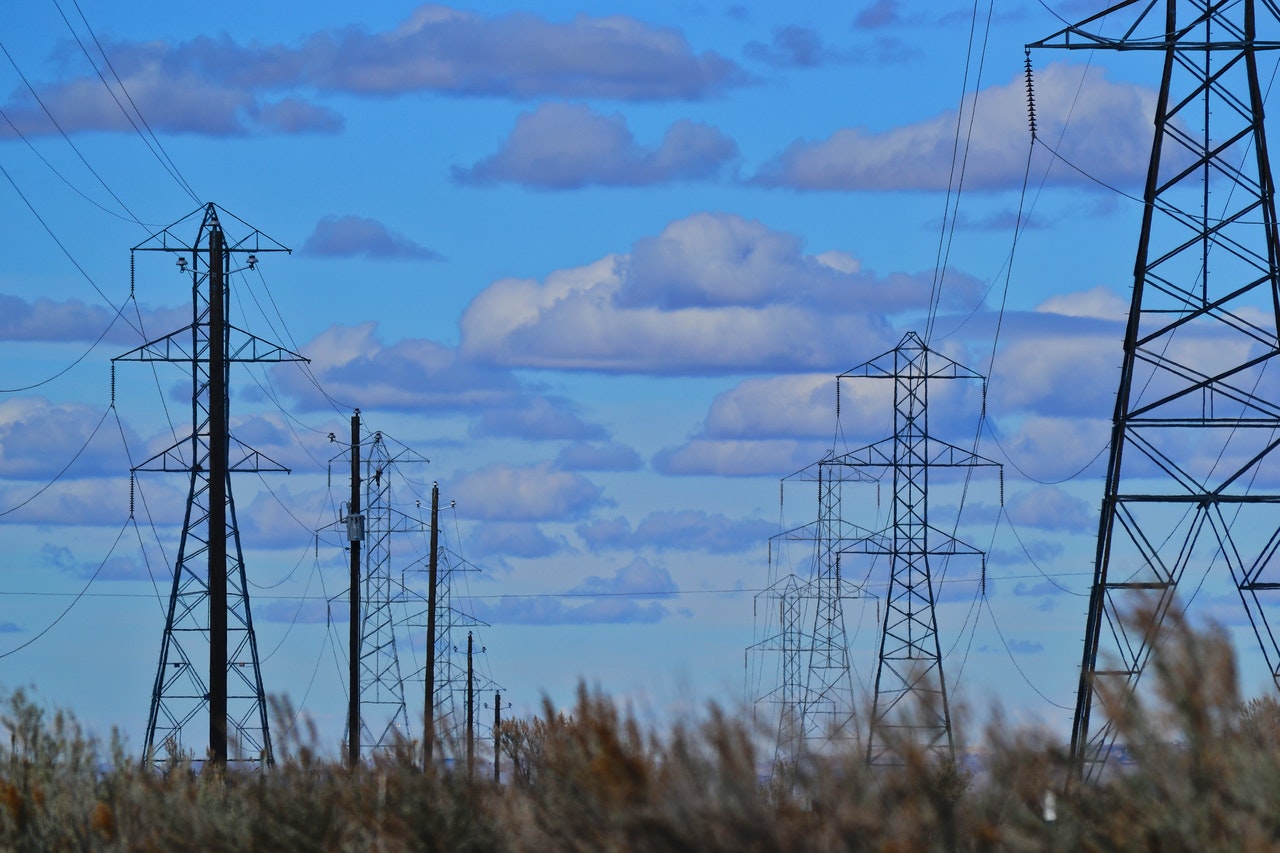A research team at the Pacific Northwest National Laboratory (PNNL) recently developed a new model of an important device that acts as a kind of translator, allowing renewable energy sources such as wind and solar to better add their power to the electrical grid.
A device called a grid inverter plays a critical role in converting direct current (DC) electricity produced in a solar power plant, for example, into alternating current (AC) electricity, the standard that comes from outlets, while maintaining the stability of electrical grids.
The model, developed by PNNL engineers, is designed to allow utility operators to test how to safely add new power sources to the grid in a way that improves power system resiliency and stability.
The Western Electricity Coordinating Council (WECC) recently approved the model specification, a non-profit corporation that provides reliable power to 14 western US states, two Canadian provinces, and northern Baja, Mexico.
Approval means that the model is available for integration into commercially available power system modeling tools used by thousands of utilities in North America and other parts of the world. The Importance of Grid Inverters for the Grid of the Future A stable grid means people have reliable power and are less likely to experience blackouts.
As more and more renewable energy sources begin to change the energy balance of power systems, grid operators are trying to understand how inverters affect system behavior.
Inverter-based resources, such as a grid-forming inverter, are required for grid operation. In the future, as renewable energy becomes a more significant part of the energy mix, the grid will need more inverters to form the grid.
PNNL’s grid-forming inverter modeling work began with the development of microgrids that are intended to be used as self-sustaining power sources, typically for critical end-use loads and remote communities. Previous research has proven that it is possible to drive an all-inverter microgrid using grid-forming inverters that can operate on their own without relying on conventional synchronous power generators.
With support from the Department of Energy (DOE) Microgrid Electricity Management Program, PNNL led and participated in several grid-forming inverter modeling projects for microgrid research. But last year, Wei Du, a senior fellow at PNNL, and his team investigated how grid-forming inverters affect large-scale transmission and distribution systems.
Microgrid research results have shown that grid-forming inverters can provide system stability for integrating renewable energy sources into future electrical grids. Continuing this earlier study, the team developed a generic model of a grid-forming droop inverter for transmission system studies. This model was recently approved by the WECC Modeling and Validation Subcommittee.

